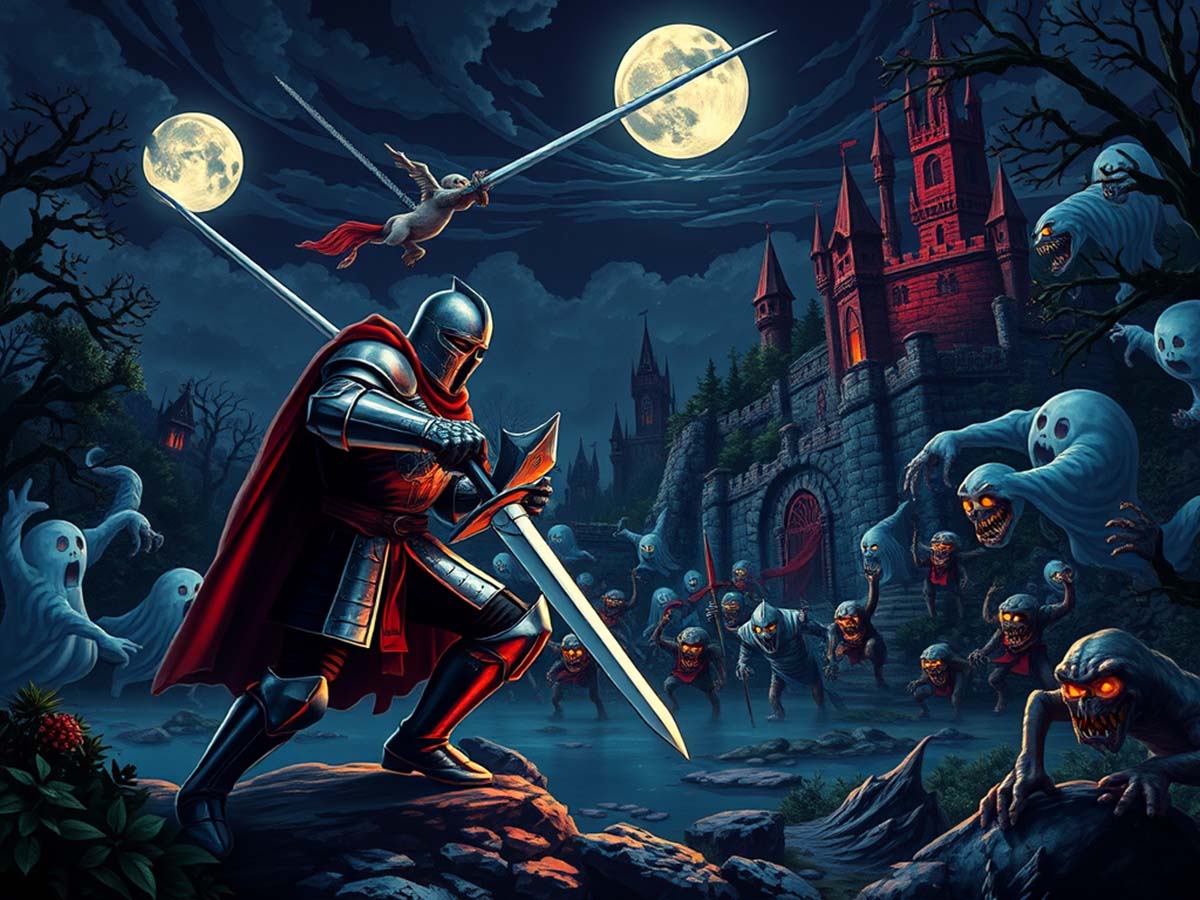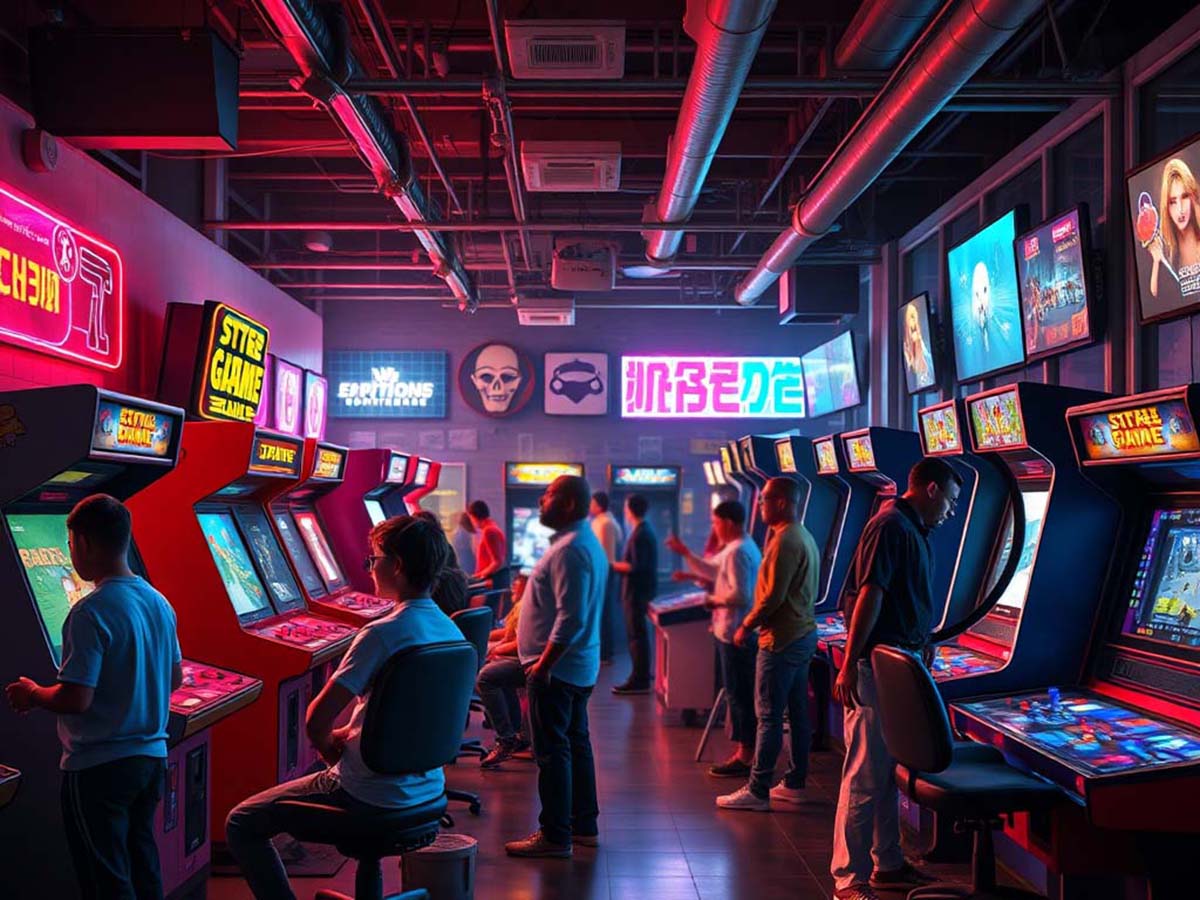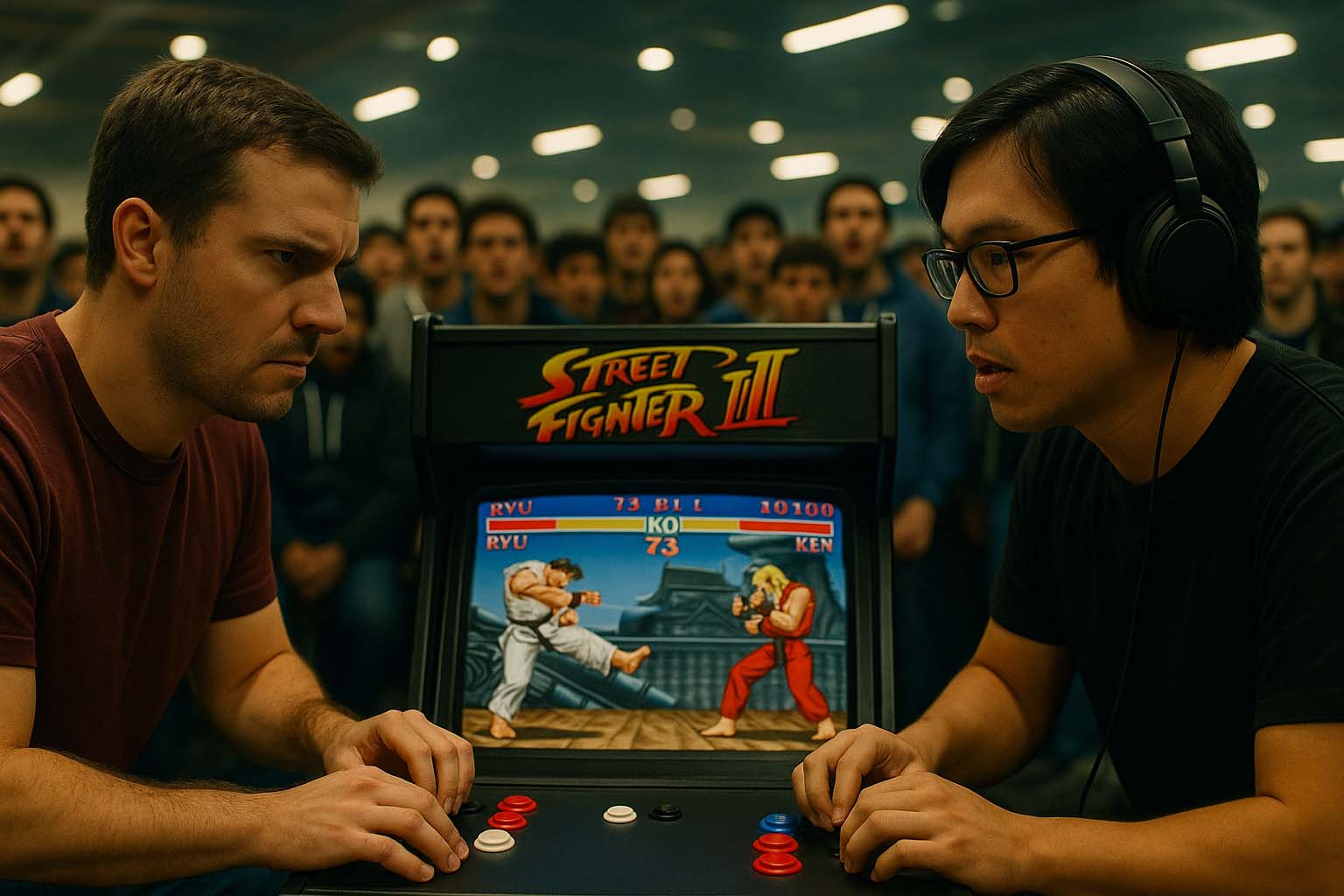Global Echoes of 8-Bit Sound: How Capcom Made Simple Melodies a Cultural Touchstone
Why Simple Tunes Still Ring Loud Around the World
The moment a sharp and cheerful chiptune melody plays, people are instantly taken back to the images of youth and buzzing arcade halls. Capcom captured the imagination of millions—from Tokyo to São Paulo—through sound produced by only four audio channels on paper. Still, the Japanese company proved that music doesn’t need grand technology to hold real power. But how exactly did Capcom make 8-bit soundtracks a signature that resonated around the world?
• Famicom/NES hardware limited composers to four channels, pushing them to blend tone and rhythm creatively.
• Melodies by Manami Matsumae, Yoko Shimomura, Harumi Fujita, and others became iconic “earworm loops” still recognizable after decades.
• Hundreds of remixes, live shows, and streaming playlists prove the lasting influence of Capcom’s 8-bit sound in game music and pop culture.
Music That Went Beyond Hardware Limits
Back in the 1980s, composers working on the Nintendo Entertainment System only had access to two pulse waves, one triangle wave, and a noise channel. Despite these limits, Manami Matsumae gave life to every battle in *Mega Man*. Each time the blue hero jumped or fired, a piercing lead tone and steady bass line worked in perfect sync.
Elsewhere, Harumi Fujita transformed the noise channel in *Ghosts ’n Goblins* into eerie percussion that felt surprisingly fitting for horror, something rarely pulled off with 8-bit chips back then.
As more games emerged, techniques evolved. Yoko Shimomura tapped into the improved PSG of the Game Boy to record a bold battle theme for the portable version of *Street Fighter II*. Hardware constraints inspired creative workarounds—like the “arpeggio trick,” where three notes were played in rapid succession to mimic a full chord. This gave the illusion of depth usually found in more advanced synthesizers.
The Masters Behind the Four Channels
While names like Matsumae and Shimomura rose to prominence, many other key composers helped shape this sound. Takashi Tateishi brought gritty basslines to *Mega Man 2*, while Junko Tamiya arranged a military-like score for *Bionic Commando*.
Interestingly, most of these composers didn’t come from orchestral backgrounds. Many learned piano or electronic organ at home. Writing music for four channels became like scribbling melodies on a simple sheet—strict yet striking, much like childhood music memories.
Their unique approach laid the foundation for global appreciation of the chiptune scene. In Berlin, annual festivals celebrate 8-bit music. In São Paulo, drummers bang out the beat of the *DuckTales* theme live. Capcom managed to build a musical language understood even by those who don’t speak Japanese or English.
Why Short Loops Stay in the Mind
Neuro-musicologists say the brain remembers loops between 15 seconds and a minute best. That matched the storage limitations back then—32 kilobyte ROMs couldn’t handle full symphonic scores.
So, composers leaned into short melodic phrases, repeating them with tweaks in rhythm or octave to avoid monotony. During the chase scenes in *Mega Man 2 – Wily Stage 1*, the repeated rising sequence builds tension every 15 seconds, syncing closely with game mechanics rather than just sitting in the background.
Games That Proved the Power of 8-Bit
- Mega Man 2 (1988) – Each stage had a unique theme, yet all tracks felt connected through similar keys, creating a cohesive “album feel.”
- DuckTales (1989) – Hiroshige Tonomura’s romantic “Moon Theme” remains popular in karaoke bars—despite having no lyrics.
- Street Fighter II (1991, SNES port) – Yoko Shimomura proved that even PCM samples with 8-bit roots could deliver the original’s aggressive percussion.
- Ghosts ’n Goblins (1985) – Its use of minor harmonies and high-pitched bells shaped the template for horror game music.
Lasting Mark on Today’s Game Music
Even though modern studios can now work with full orchestras and dynamic audio engines, many still draw inspiration from 8-bit templates. Retro-themed indie games like *Shovel Knight* and *The Messenger* embrace chiptune to offer nostalgic experiences—even for players too young to have played Famicom.
In Europe, vinyl labels sell Capcom chiptune remasters, with pre-orders often selling out fast. Live concerts like *Video Games Live* blend full orchestras with 8-bit synthesizers, showing that old tones can sit proudly beside rich string sections.
Streaming platforms host thousands of playlists featuring these melodies, many with millions of plays—a clear sign that pulse waves still hold a place in people’s hearts.
Beyond Consoles: Culture and Community
Chiptune’s reach now extends far beyond the gaming world. In the U.S., lofi hip-hop producers use Capcom-style arpeggiated square waves as backing layers for study tracks.
In France and Australia, “retrogaming bars” feature DJs playing 8-bit sets with live projections of *Mega Man* speedruns. Even in fashion, t-shirt designs showcase equalizer graphics from the *Street Fighter II – Guile Theme*.
All this reflects a global truth: limitations can become strengths if used creatively. On social media, #8BitFriday trends regularly as people post remixes or share nostalgia-fueled memories. Capcom has built a community that stretches well beyond gaming.
Lessons for Modern Sound Designers
First, restrictions can turn into strengths. If four channels could create such chills, modern DAWs have even greater potential when used with clear intent.
Second, memorable motifs are key to recall. Even if a new game score isn’t as famous as old classics, it becomes unforgettable when just a few notes can pause the player mid-action.
Third, never underestimate the global listener. The *DuckTales – Moon Theme* is loved even by people who never owned an NES. Great melodies know no borders.
Authenticity also matters. If the 8-bit sound is just cosmetic, it quickly feels hollow. But when created with real care—like when Matsumae wove counterpoint between melody and bass—it gains true soul.
The Last Note Still Echoes
Capcom’s 8-bit soundtracks did more than fill background space—they carried emotion and drew players deeper into each world. Through creative use of limited tools, these composers built a sound that blends culture, memory, and melody.
If a basic square wave can carry that much weight, it proves that real artistry comes not from tools, but from resourcefulness and heart. And that lesson continues to resonate in every conversation about game music to this day.


